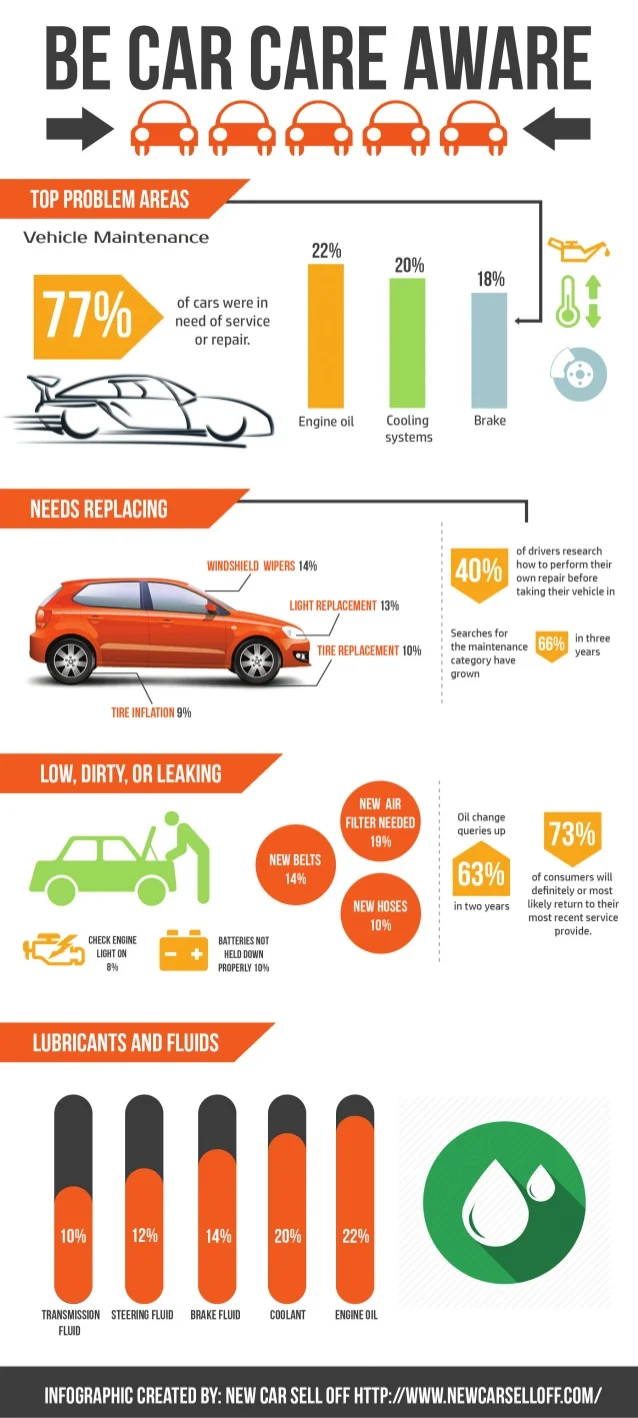Comprehending The Meaning Behind Your Car'S Warning Lights: A Comprehensive Appearance
Comprehending The Meaning Behind Your Car'S Warning Lights: A Comprehensive Appearance
Blog Article
https://ecutuningsoftwarefree28405.blogrelation.com/37385562/personal-tale-overhauling-my-worsening-vehicle-throughout-a-weekend-break-outlining-session -Termansen Stark
When you're behind the wheel, those glowing caution lights on your dashboard can be a bit puzzling. Do you recognize what they're attempting to tell you regarding your vehicle's wellness? Comprehending the significance of these lights is vital for your safety and the durability of your automobile. So, the following time one of those lights appears, wouldn't you wish to decipher its message accurately and take the required actions to resolve it?
Common Warning Lights and Interpretations
Identify common warning lights in your auto and comprehend their significances to make certain safe driving.
One of the most regular caution lights consist of the check engine light, which signals issues with the engine or exhausts system. If this light begins, it's important to have your car checked without delay.
The oil stress advising light shows reduced oil stress, calling for prompt attention to avoid engine damage.
A blinking battery light could suggest a defective billing system, possibly leaving you stranded otherwise addressed.
The tire stress monitoring system (TPMS) light signals you to reduced tire pressure, affecting automobile security and gas efficiency. Overlooking this can bring about harmful driving problems.
The ABS light indicates a trouble with the anti-lock braking system, endangering your capacity to quit promptly in emergencies.
Finally, the coolant temperature cautioning light warns of engine overheating, which can result in extreme damage otherwise fixed promptly.
Understanding these usual warning lights will help you attend to issues promptly and maintain safe driving conditions.
Relevance of Prompt Interest
Understanding the typical caution lights in your automobile is only the primary step; the relevance of promptly addressing these warnings can't be emphasized enough to guarantee your security when driving.
When a caution light brightens on your dashboard, it's your auto's means of communicating a possible concern that requires interest. Disregarding these cautions can lead to much more severe problems down the road, jeopardizing your safety and potentially costing you more out of commission.
Trigger interest to advising lights can stop malfunctions and mishaps. For instance, a blinking check engine light can indicate a misfire that, if left unattended, could create damages to the catalytic converter. Addressing this immediately can conserve you from a pricey repair.
Likewise, a brake system warning light could indicate reduced brake liquid or worn brake pads, crucial parts for your security when driving.
Do It Yourself Troubleshooting Tips
If you see a warning light on your control panel, there are a couple of DIY fixing tips you can try before looking for expert aid.
view it is to consult your auto's handbook to understand what the certain caution light suggests. Sometimes the problem can be as basic as a loosened gas cap triggering the check engine light. Tightening the gas cap may resolve the trouble.
look at this website is a reduced battery, which can trigger numerous cautioning lights. Examining the battery links for deterioration and ensuring they're protected may repair the problem.
If a warning light lingers, you can attempt resetting it by disconnecting the cars and truck's battery for a few minutes and afterwards reconnecting it. In addition, examining your automobile's fluid degrees, such as oil, coolant, and brake liquid, can aid troubleshoot warning lights related to these systems.
Conclusion
Finally, comprehending your automobile's caution lights is important for keeping your automobile running efficiently and securely. By quickly resolving these informs and knowing what they indicate, you can avoid costly repair services and possible malfunctions.
Remember to consult your vehicle's guidebook for specific information on each alerting light and do something about it as necessary to make sure a trouble-free driving experience.
Remain informed, stay risk-free on the road!
